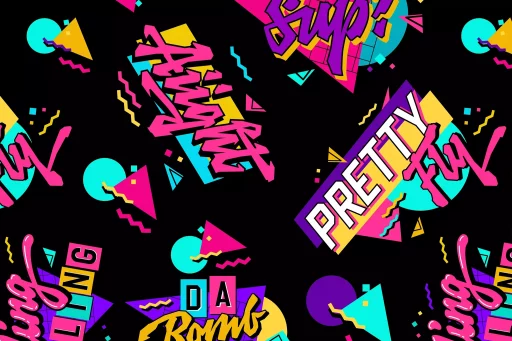Introduction
In today’s fast-paced digital communication environment, acronyms have become an integral part of how we express ourselves. One acronym that is frequently encountered is “ALR,” which stands for “ALright.” This simple expression carries a lot of meaning and can influence conversations across various platforms, from social media to direct messaging. In this article, we will delve into what ALR means, how it is used, and its significance in modern communication.
What Does ALR Mean?
At its core, ALR is an abbreviation of the word “alright.” This expression is often used to convey acknowledgment or agreement in a casual context. With the rise of digital communication, ALR has become increasingly popular, especially among younger demographics who favor brevity and convenience in their texting habits.
Origins and Use Cases of ALR
The usage of ALR can be traced back to the evolution of texting language, which prioritizes speed and efficiency. In many chat applications and on social media, ALR solidifies its place as a go-to response in various situations:
- Acknowledgment: Responding to someone’s message to indicate you understood their point—”I got your message, ALR!”
- Agreement: Expressing consent, such as in a planning conversation—”Let’s meet at 5 PM? ALR!”
- Reassurance: When someone is unsure, you can reassure them—”Are you okay? ALR!”
- Casual dismissal: Used when something is not a big deal—”Sorry I’m late; traffic was rough!” “ALR, no worries!”
Examples of ALR in Text Conversations
To fully understand the impact of ALR, let’s look at a few scenarios where this acronym is applied:
Chat 1:
User A: "Can you send me the report by 3 PM?"
User B: "ALR, I’ll get it to you!"
Chat 2:
User A: "I’m not sure if I can make it to the party."
User B: "ALR, it’s all good if you can’t!"
Chat 3:
User A: "I found a place we can meet!"
User B: "ALR! Send me the details!"
The Role of ALR in Digital Communication
The rise of informal vernacular like ALR reflects broader shifts in communication styles. The following points highlight its significance:
- Speed: Texting often prioritizes quick responses, and acronyms and shortened expressions contribute to efficient conversations.
- Informality: ALR marks a shift away from formal communication, making exchanges feel more relaxed and friendly.
- Relatability: Using phrases like ALR can foster connection and camaraderie among users, especially in younger age groups.
Statistical Insights
Data suggests that informal texting language, including acronyms like ALR, is increasingly popular among younger individuals:
- A 2021 survey indicated that 78% of Gen Z respondents use acronyms daily in their online conversations.
- Studies show that 62% of respondents prefer informal communication when texting friends compared to a more formal style used in professional settings.
Case Studies on Communication Styles
Some companies and marketers have studied the effects of informal communication in their messaging:
- Case Study 1: A tech startup implemented a casual communication strategy using acronyms like ALR in their customer engagement campaigns. They noted a 30% increase in response rates, particularly among younger audiences.
- Case Study 2: A marketing firm analyzed social media interactions and found that posts using informal language (including acronyms) garnered 25% more engagement than more formal wording.
Conclusion
In summary, ALR is more than just a shorthand for “alright”; it encapsulates a shift toward informal, friendly, and relatable communication, especially among younger demographics. Its growing usage highlights the natural evolution of language in our digital age, where speed and connection take precedence. Understanding this communication style can enhance personal interactions and marketing strategies alike.
SEO Considerations
Keywords for optimization include: ALR meaning, texting acronyms, informal communication, digital slang, Gen Z texting habits.


